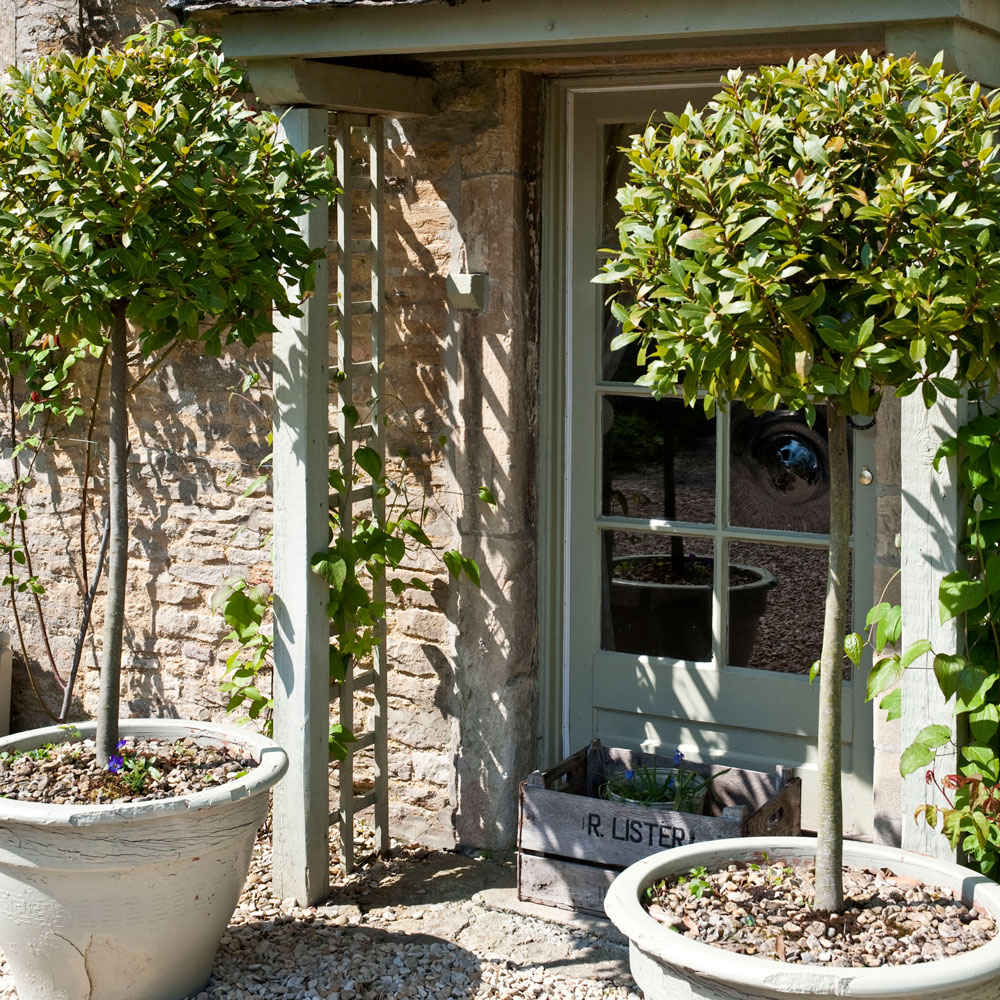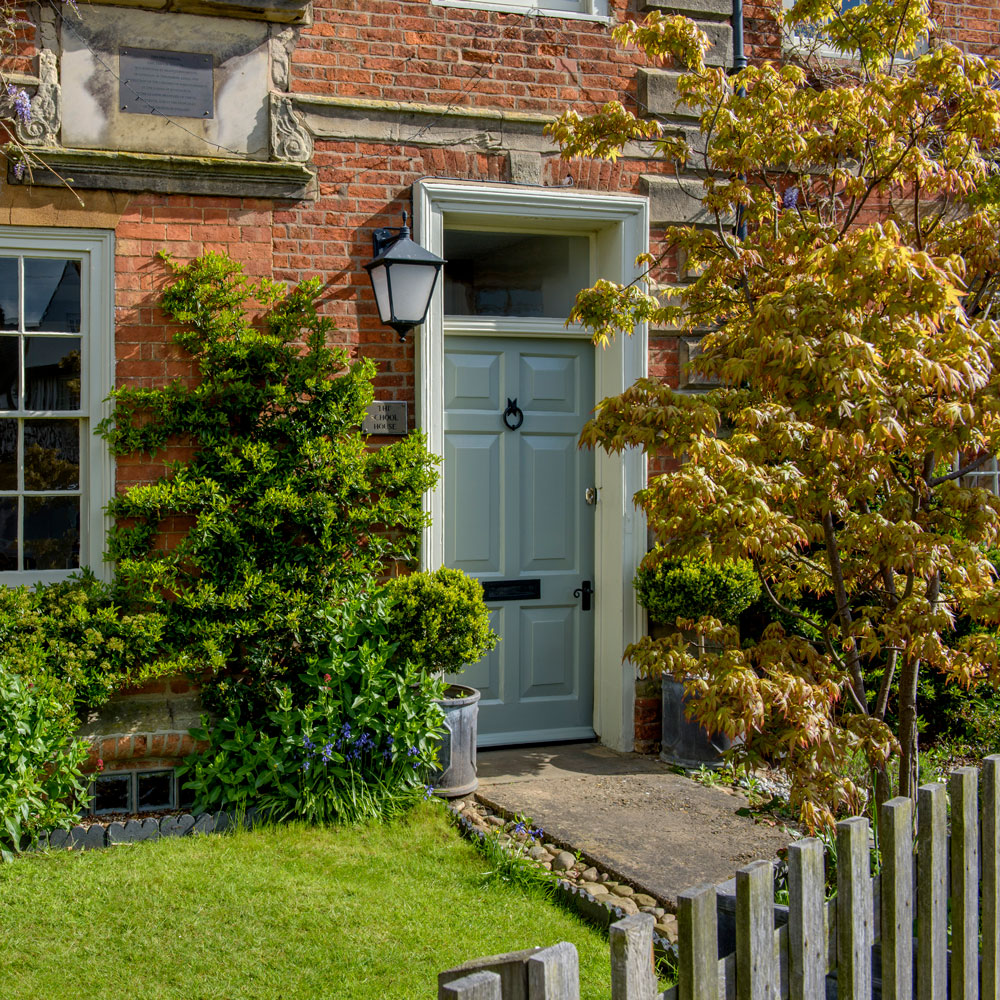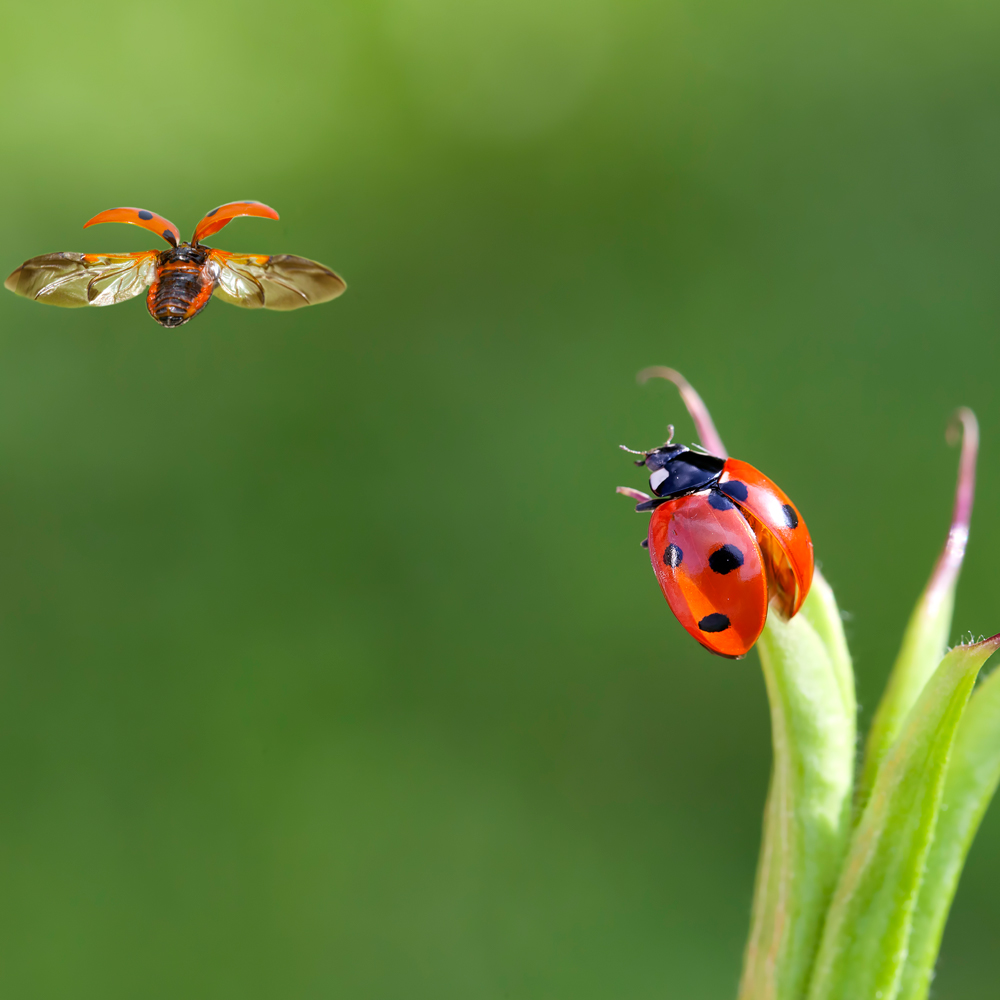The UK is experiencing a ladybird invasion – here's why, and what you can do about it
Record numbers of ladybirds are heading into our homes
This is not a drill – UK homes are being invaded by huge numbers of ladybirds. Many people on social media are reporting that their front doors and porches are being overrun by dozens of the insects trying to come into their homes.
Your front door ideas for autumn probably did not involve a dotting of ladybirds, which is what one Twitter user came home to the other day. What is behind the invasion, should we worry about it, and what can you do to discourage ladybirds from coming into your house?
Invasion of the ladybirds 🙀🙀 pic.twitter.com/LUV3RVa2NzOctober 7, 2021
Why ladybirds are swamping our homes?
Before you start blaming your wildlife garden ideas for being too effective, like most things, this phenomenon has a very simple explanation. Accredited Ecologist Dean Wilson from Horticulture.co.uk explains that the unusual weather patterns we're experiencing this autumn are behind the large numbers of ladybirds heading for people's houses.

Dean says that 'we had a sudden turn in the weather conditions last week – a cold snap which signalled hibernation season. Then the warm weather this week has presented an opportunity for the insects to (all at once) find a safe home for winter in ideal conditions.'
By mid-October, ladybirds would typically be in hibernation mode, but not this year. Similar ladybird activity was last reported in 2018, when Britain experienced record temperatures in early October, with many parts of the country basking in 30-degree sunshine at the start of the month.
Should we be worried about ladybirds?
The short and reassuring answer is, 'no.' As temperatures go back to normal for the time of year, you should see the numbers of ladybirds around your house go down.
Dean stresses that while 'it’s likely surprising to see so many ladybirds at once', these critters are nothing to worry about.
Sign up to our newsletter for style inspiration, real homes, project and garden advice and shopping know-how

'They’re not here to take over and it’s likely that they’ll be gone as quickly as they arrived. I wouldn’t expect the ''swarms'' to stay for longer than one week at the most.'
Ladybirds also are harmless to humans and pets – the most you'll experience from them is a pungent smell if you accidentally touch one. If you do have them in the house, Dean's advice is to just let them be – 'they’ll likely overwinter in a dormant state in or around your home during winter – then fly away in spring to find food and mate.'

They aren't pests and are actually highly beneficial in the garden, controlling garden pests like aphids. Dean encourages everyone 'to enjoy the spectacle and be thankful for the range of benefits ladybirds bring to the garden.'
If you really don't like them, you can try applying some essential oils around the areas they use to get in. Camphor, peppermint, and lemongrass have been reported to be effective at deterring them.
Anna Cottrell is Consumer Editor across Future's home brands. She moved to the world of interiors from academic research in the field of English Literature and photography. She is the author of London Writing of the 1930s and has a passion for contemporary home decor and gardening.